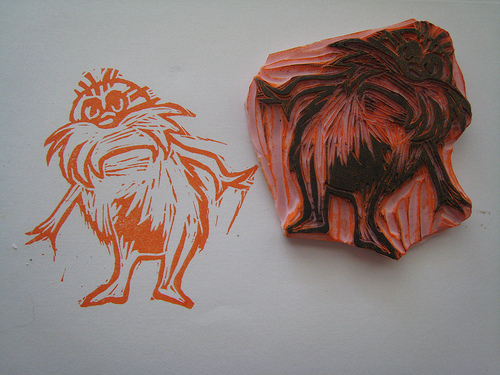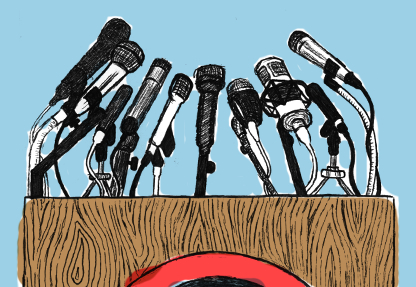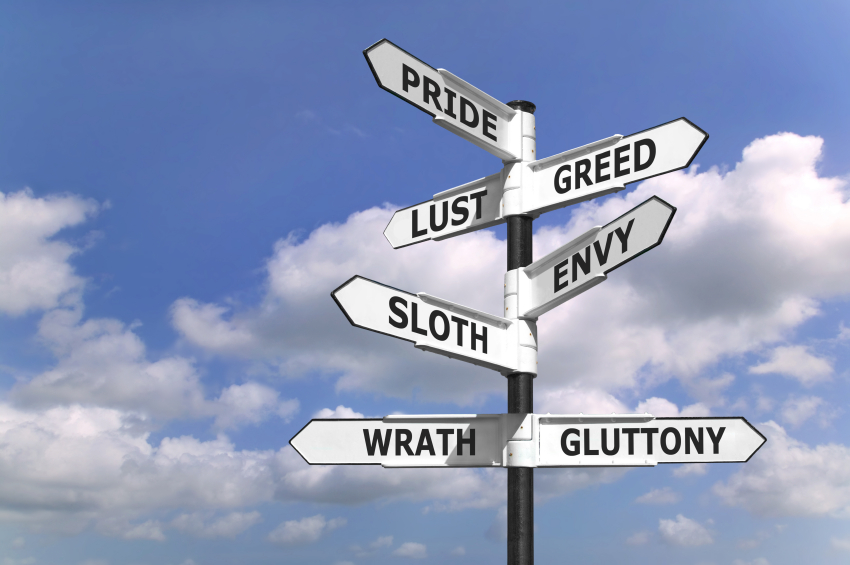Late last year, I wrote about the dominance of the tragic “Lorax narrative” in environmental reporting. Journalists Sara Peach and Keith Kloor have since examined Lorax-ness in climate-change coverage, and I’ve been collecting climate stories that draw on other archetypal narratives (suggestions welcome).
The discussion has made me wonder: How would Dr. Seuss himself tackle climate change? After all, a tired narrative isn’t the only challenge for writers on the fast-shrinking climate beat. The story of climate change is muddy and complex, and its real drama is both geographically distant (if you’re lucky) and years in the future (ditto) — in other words, it lacks most of the ingredients that make any narrative memorable.
My guess is that the good doctor wouldn’t try to hide these problems. He wrote for kids, but he wasn’t afraid of complexity. He might even put the scientific, political, and personal knottiness of climate change at the heart of his story.
With apologies to the master, it might sound something like this.
Continue reading






